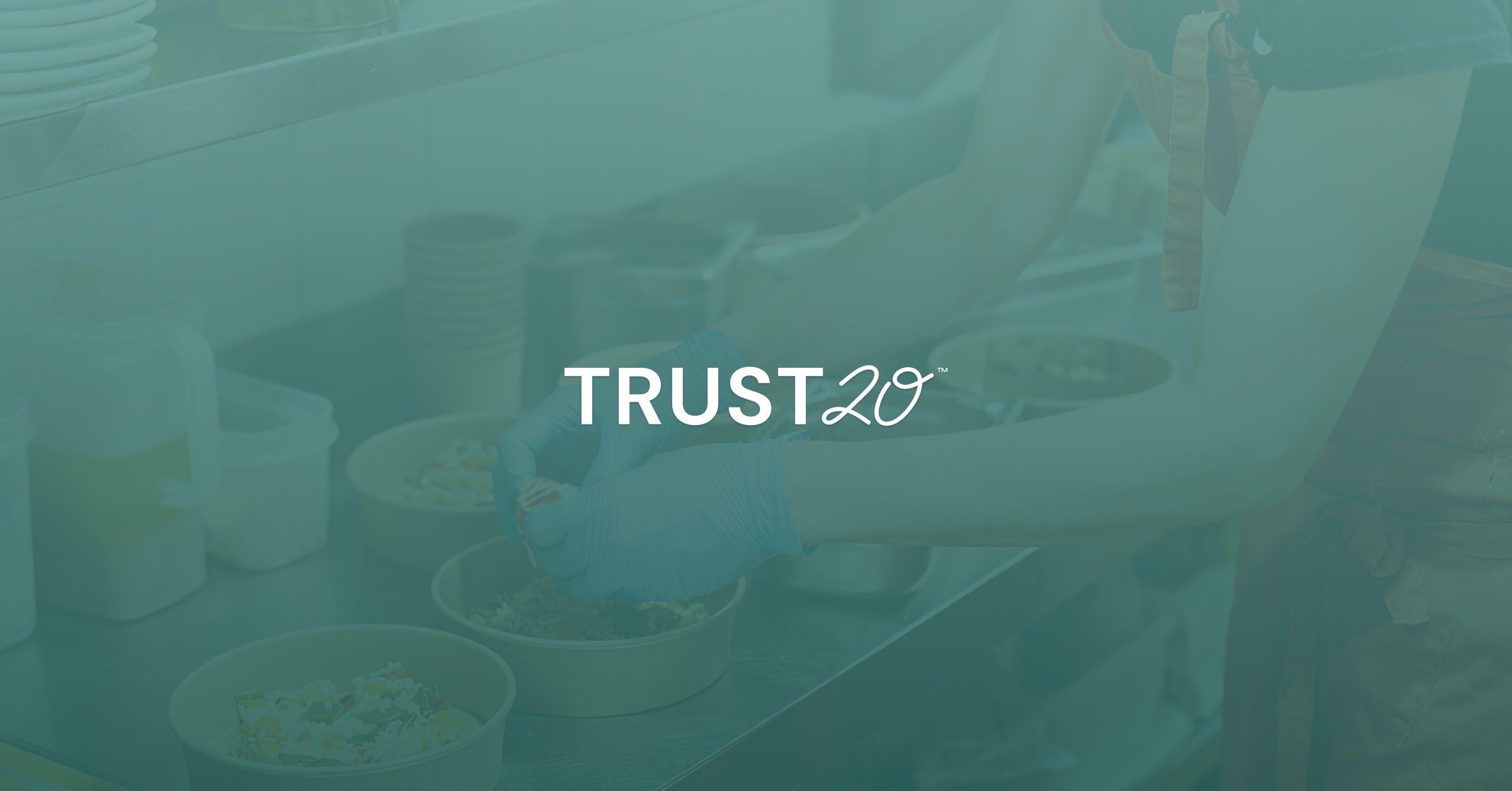Would your staff know what to do if a customer went into anaphylactic shock while you weren’t on-site? If the answer is no, your team has a serious, and potentially life-threatening, knowledge gap when it comes to food allergies.
The U.S. Department of Agriculture’s (USDA) Food Safety and Inspection Service (FSIS) defines a food allergy as a specific type of adverse food reaction that involves the immune system caused by food allergens.¹ Symptoms can include breathing problems, throat tightness, vomiting, hives, and life-threatening anaphylaxis.
With the global rise in food allergies, every foodservice worker should understand the nine major food allergens and how to prevent cross contact in the kitchen.
This article will answer:
Why is food allergen safety training essential for my team?
What health and business risks do allergens pose in foodservice?
What are the nine major food allergens?
How do I build stronger allergen safety practices in my establishment?
Why is food allergen safety training essential for my team?
Research shows that knowledge gaps in food allergen awareness remain common across the hospitality industry. The Environmental Health Specialists Network (EHS-Net) identified significant issues in food allergy practices and understanding:²
Some of these key issues include:
-
Training often doesn’t cover critical information like how to respond to a customer’s allergic reaction.
-
Some managers and staff believe that customers with food allergies can safely eat small amounts of the foods they are allergic to.
-
Many staff members lack confidence that their coworkers or managers know how to respond appropriately during an allergic reaction.
These gaps put both your customers and your business at risk. Allergic reactions can escalate from mild to severe within minutes—and if you haven’t properly prepared your team, they may not recognize early warning signs or know how to respond.
What health and business risks do allergens pose in foodservice?
The Health Risks: How Food Allergies Affect Customers
Food allergies are serious and widespread. According to the Centers for Disease Control (CDC), nearly one in three U.S. adults and more than one in four U.S. children have a food allergy.³ When someone with a food allergy eats or even comes into contact with the wrong food, symptoms may appear within minutes or up to two hours.¹
Common symptoms include:¹
-
Hives
-
Vomiting
-
Wheezing or coughing
-
Flushed skin or rash
-
Difficulty breathing
-
Dizziness or lightheadedness
-
Swelling of the throat or vocal cords
Some reactions may be mild, but others can progress to anaphylaxis, a sudden and potentially life-threatening allergic reaction.¹ According to the USDA, food allergies are the leading cause of anaphylaxis.¹
Preventing allergic reactions starts with knowledge
To keep customers safe, your team should:
-
Memorize the nine major food allergens.
-
Identify which menu items contain the nine major food allergens.
-
Complete food allergen awareness training regularly.
-
Follow safe food handling practices to avoid cross contact.
The Business Risks: Unprepared Staff and Legal Consequences
A team that lacks food allergen training isn’t just unprepared—it’s a liability.
A 2019 study of restaurant staff in Düsseldorf, Germany, found that although 89% felt confident in providing allergy-friendly meals, 19% said they would prefer not to serve customers with allergies.⁴ This hesitation stemmed from a lack of confidence and inadequate training.
When staff are unprepared, mistakes can happen—and those mistakes can have serious business consequences.
Potential consequences of allergic reactions in your establishment
Negative Publicity
An allergic reaction can lead to damaging media coverage and online reviews. Beyond the medical emergency itself, a poorly handled incident can erode customer trust and harm your reputation.
Legal Issues
Customers who experience allergic reactions in your establishment may pursue legal action, especially if your staff does not accurately communicate where allergens appear on the menu or does not successfully prevent cross contact.
Note: This is not legal advice; it is educational information. Consult a legal professional if needed.
Financial Losses
Legal costs, lost revenue, and reputational damage can all add up quickly. A single allergen-related incident can have long-term financial impacts or even force a business to close.
By investing in food allergen safety training for your team, you can significantly reduce these risks.
How to prevent cross contact
Every time your staff acts in a way that prevents an allergic reaction, that is a sign you have built a strong food safety culture in your establishment.
Here are practical steps your staff must follow to keep your establishment allergy-safe:
-
Clearly label foods and ingredients that contain major allergens.
-
Ask customers about allergies before taking or preparing orders.
-
Wash hands and change gloves before and after handling allergen-containing foods.
-
Use separate utensils, cutting boards, and surfaces for allergen-free meals.
-
Designate an allergen-safe area in your kitchen if space allows.
-
Ensure communication between front- and back-of-house staff about allergy orders.
-
Follow all established food allergen policies consistently.
Even small improvements in allergen management can make a major difference in customer safety and staff confidence.
What are the nine major food allergens?
The U.S. Food and Drug Administration (FDA) identifies the following as the nine major food allergens:⁶
-
Milk
-
Eggs
-
Fish
-
Shellfish
-
Tree nuts
-
Peanuts
-
Wheat
-
Soybeans
-
Sesame
Every staff member should be able to identify which menu items include these ingredients and understand how to prevent cross contact during preparation and service.
How do I build stronger allergen safety practices in my establishment?
The easiest way to build stronger allergen safety habits in your team is to provide regular, ongoing training. Food allergy training ensures every team member can identify, communicate, and manage allergen risks effectively.
Accredited food allergen awareness training can teach your staff how to:
-
Recognize the nine major allergens,
-
Prevent cross contact,
-
Communicate effectively with customers about allergies, and
-
Respond quickly–and properly–to allergic reactions.
When your team has proper training and confidence, your customers will feel safer and your business will operate more smoothly.
The Takeaway: Protect Your Customers and Your Business
Food allergies affect an estimated 33 million Americans.³ For foodservice managers and staff, understanding food allergens is not optional—it’s a critical part of food safety and customer care.
By ensuring you provide training to your entire team on the nine major food allergens and that they follow allergen safety best practices, you can prevent serious allergic reactions, build stronger customer relationships, and protect your brand and bottom line.
Investing in allergen awareness training for your staff is one of the smartest ways to create a safer, more successful foodservice operation.
Sources:
- USDA FSIS: Food Allergies: The “Big 9”
- CDC: Restaurant Food Safety – Food Allergy Reactions
- CDC: More Than a Quarter of U.S. Adults and Children Have at Least One Allergy
- CBS News: Restaurant Servers Don't Know Much About Food Allergies, Study Finds
- Food Allergy Research and Education: Facts and Statistics - FoodAllergy.org
- FDA: Food Allergies






.png)

.png)
